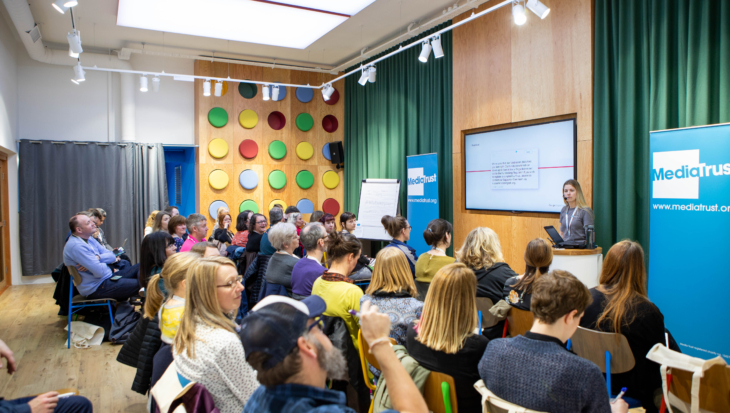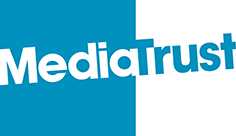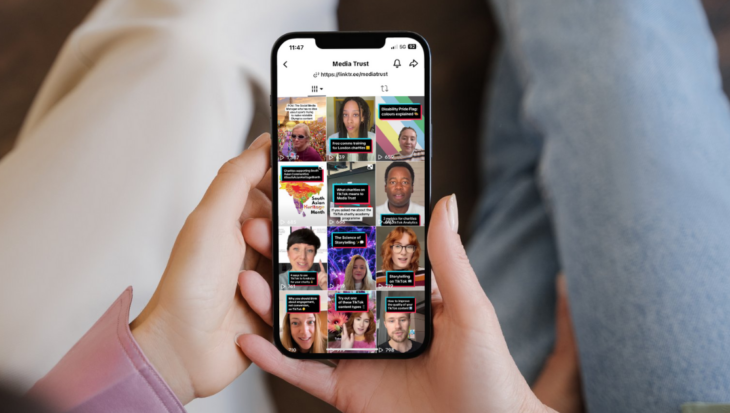You could create an infographic, or perhaps a ‘listicle’ (an article which is actually a list, a bit like the one you’re reading now), on the challenges around identity and privacy that your service users face.
Not everyone lives and breathes the sector that you work in, and sharing useful, educational content will give your socials a boost.
4. Put a call out for volunteer models
Okay, so maybe this will take a little more time and energy. But if you want some specific shots which you can’t find on stock sites then put a call out on your socials for some volunteers to model for you.
You never know who might surprise you!
Be specific about the times and dates when volunteers need to be available. You’ll be able to brief them beforehand and prepare a list of shots you want, and props that you might need. Think carefully about location, lighting and wardrobe etc.
5. Find influencers and those who do talk about their experience, and link it back to your beneficiaries
There are people out there prepared to talk about their experiences. Find those people who want to raise awareness, who are looking for opportunities to tell their story, and work with them to create content for your charity.
This may require some budget to pay them for their time. And you need to think carefully about who aligns well with your brand and who will resonate with your target audience.
Alternatively, search for creators on Instagram and ask them if you can repost some of their content with credit. It might not look as on-brand as your other content, but it could amplify your voice and help you broaden your reach if they tag you back.
This account from Cheer up Luvis a brilliant example of bringing stories together and using inspiration from around the internet…just be sure to ask permission!










